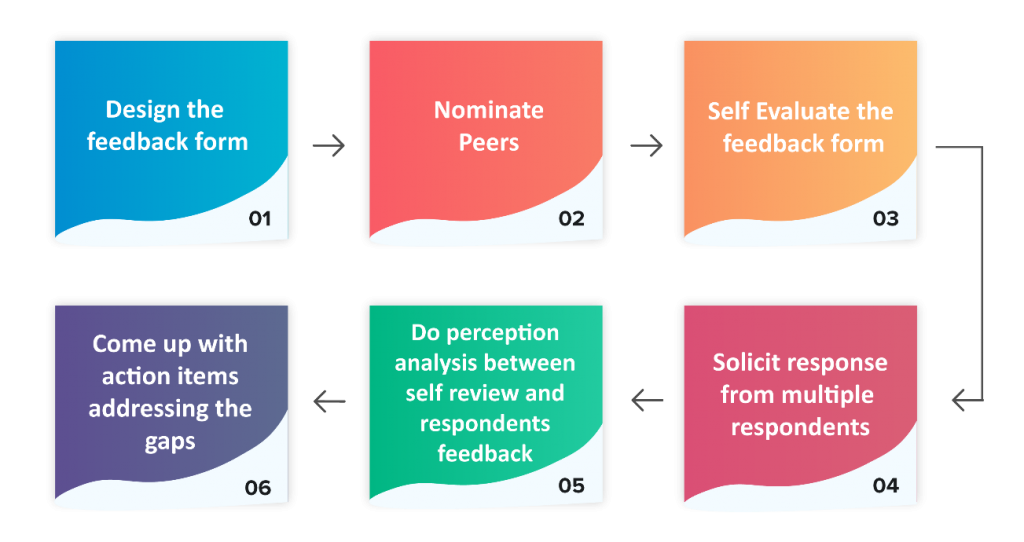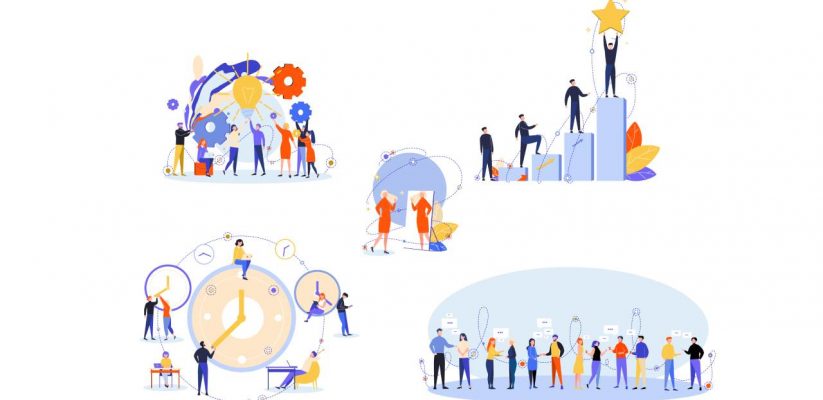How to Effectively measure the Competencies/Soft Skills of your Employees?
Those days, things were easy, right? No employer or organization had to worry about any people strategy apart from pay and job security.
Because that’s what the workforce back then wanted.
In this day and age, things are very different. The young people prefer learning through employee training to pay. Culture to distance to the office. Professional growth to job security.
When expectations change, companies reorganize to cater to those needs, which, in turn, changes their expectations in the workforce.
Productivity is not the only demand of management. Now, they focus more on the competencies and soft skills in the workplace.
Research suggests 93% of employers consider soft skills as one of the important aspects when making a hiring decision. Besides, 59% of recruiters say that it is really hard to find a candidate who fits the culture and has the required soft skills.
Measuring Goals alone is not sufficient. Along with it, the soft skills and competencies of your employees need to be measured to ensure the last mile deliverability.
What are Soft Skills? And What are the Benefits of Soft Skills Training?
“He is a good leader.” “She is a good listener.” These are the soft skills of a person, being a good listener and leader.
On the other hand, “Her coding skills are outstanding.” “He has a great deal of knowledge in handling marketing automation tools.” These are an employee’s hard skills.
Soft skills are a person’s personality traits that help in his/her personal and professional growth, and also, they are in great demand.
Some of the character attributes that all companies scout around, and if you are a start-up, the soft skills you should consider including in your culture for success.
1. Leadership
2. Creative thinking
3. Problem-solving
4. Time management
5. Decision making
6. Critical thinking
7. Autonomy
8. Change management
9. Teamwork
10. Effective communication
Some of the benefits of soft skills training include,
- Higher productivity
- Best-in-class quality
- On-time delivery
- Strong leadership
- Capacity to overcome any challenge
Meaningful behavior metrics
What are the two metrics that lead an organization to success?
Performance and Behavior.
Performance can be measured quantitatively and an effective performance management system with the aid of a cloud tool can provide accurate data and insights.
Behaviors are measured qualitatively, and it along with performance decides the sustainability of an organization and seamless workflow even when not managed or supervised.
Before deciding the behavioral metrics, firstly, list down the behaviors that when exhibited by an employee makes him/her ideal to your organization.
Secondly, know the difference between skills and behavior. Skills are something learned by teaching, and behavior is learned by an employee only if he/she believes in it.
Desire to Learn
We can easily identify the employee who is very enthusiastic and yearns to learn more by taking up new projects. Do your employees show such a trait? These employees are the ones who are considered as high potential and would take the organization toward its destination. Learning is what makes a man adapt to the changing times.
Motivated
The employee who exhibits this particular attribute will never delay in his/her tasks. He/she would set new goals once they complete the old ones and move forward. Their focus would be self-development and learning. Though remote working is a huge turn-off of motivation, these employees look for ways to stay self-motivated all the time.
Innovation
Innovation should be the DNA of the people as it makes sure that the organization sustains and thrives through any hurricane. An employee who innovates and brings in new flavors to work is rare. If you have such a team, never let them go.
Teamwork
To weather any storm, every employee should believe in their teams and know how to work with a team amicably. Even if there are concerns, negotiating capability can help to resolve the issues and establishing strong bonds among team members.
Collaboration
Collaboration is a key driver of success. The employees should have mastered to skill to collaborate with team members and other teams to work on a combined project and produce results. The communication gap can be eliminated when someone with strong collaboration skills is involved.
Effective Communication
Imagine an employee who is not good at communicating, it would be highly difficult for the managers and also the other members to understand the person. Besides, there are higher chances of miscommunication like changed deadlines, no clear knowledge transfer, and collaboration will also be flawed.
How to Measure the Soft Skills and Competencies?
360 degree feedback framework enables the peers, primary manager, cross-functional managers, and other internal and external stakeholders to provide positive and constructive comments on an employee’s behavior and skills. This also helps the managers and the superiors of the organization to identify the future leaders and highly capable employees in the workforce.
The HR department creates the feedback forms with questions on soft skills, hard skills, competencies, and behaviors. The peers know an employee better than anyone. These forms should circulate among the team members who can provide anonymous feedback, and also a self-feedback or a rating form is given to the employees to rate themselves.
Synergita makes the process seamless and simple. It groups the competencies into three categories.
1. Leadership competencies
2. People Competencies
3. Customer Orientation
The HR can group the questions on competencies and soft skills in these three categories to know an employee better.
This is how the workflow for 360 degree feedback happens

Through continuous check ins, the managers are the ones who frequently interact with the employees and listen to their challenges at work and sometimes at home, if that impacts the work. The managers can naturally analyze how an employee takes work and how he/she reacts to critical situations, which mandate an emergency decision to be made.
Even if you are not sure of an employee’s personality traits, you do not have to wait until a real-time situation shows up, you can give responsibility to the employee and check how he/she handles it.
For example, in a company, the team members took turns in assigning tasks to getting back the completed files from other team members within the stipulated time. The team members are responsible for late delivery, and he/she is responsible for the decisions taken during their lead time.
These kinds of activities give the precise insights required for the management to make informed decisions regarding people. This is also one of the methods to measure the soft skills of the employees.
